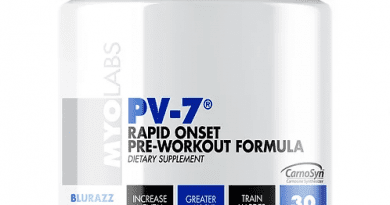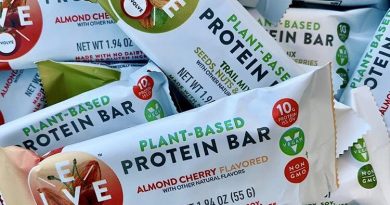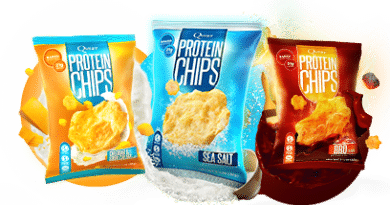New Research: RTD Protein Drinks
There’s no mistaking the multi-billion-dollar supplement industry these days. Seemingly everyone (and their brother) is trying to break into the industry, looking for a piece of the action. Many of those newcomers fail miserably while others show amazing growth year after year. Innovation has been the great separator in this category for years. The first manufacturer to come out with something that no one else currently has, generally maintains the greatest share of the category, even when competitors come out with a copy-cat product. The convenience factor has always been a driving force in the industry. Need protein? Here’s RTD protein drinks. Not getting all your micronutrients in your diet? Here’s a multivitamin. So on and so forth.

RTD Protein Drinks
New studies are released weekly. The newest piece I found was on research done by DuPont Nutrition & Health—a premier specialty food ingredient leader in the world.
DuPont Nutrition & Health is a global leader in this channel and in just the United States they have 93 offices where they conduct business daily. They ended up diving into the $2.7B category of ready-to-drink high-protein beverages (RTD protein drinks) to conduct some research and gain consumer feedback. What they were trying to understand is what the perfect combination of protein is in order to have the masses enjoy the drink.
They looked over 65 high-protein shakes and narrowed it down to 20 that they wanted to use for the study. They found that the ideal amount of protein, based on consumer feedback, is 25 grams per serving. In terms of taste, DuPont Nutrition & Health found that consumers enjoyed RTD protein drinks that were a mixture of dairy and soy proteins combined.
DuPont Nutrition & Health quoted in the study’s conclusion that “this study adds to existing data confirming the benefit of soy and dairy blends in driving better flavor in the category. All proteins, including dairy and soy, have inherent positive and negative flavor attributes. By blending them, you can create formulas that maximize their positive attributes, and minimize any negatives.”
Click here to continue reading…


*Disclosure: This article may contain affiliate links or ads, which means we earn a small commission at no extra cost to you if you make a purchase through these links. These commissions help support the operation and maintenance of our website, allowing us to continue producing free valuable content. Your support is genuinely appreciated, whether you choose to use our links or not. Thank you for being a part of our community and enjoying our content.
PLEASE CONSIDER SHARING THIS ON YOUR SOCIAL MEDIA TO HELP OTHERS LEARN MORE ABOUT THIS TOPIC.





